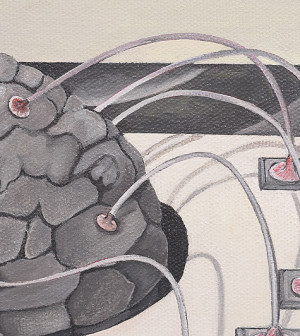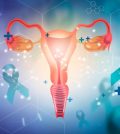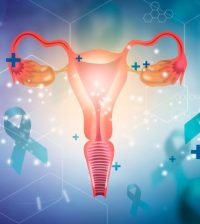- Double Mastectomy May Offer No Survival Benefit to Women With Breast Cancer
- Toxic Lead Found in Cinnamon Product, FDA Says
- Certain Abbott Blood Sugar Monitors May Give Incorrect Readings
- Athletes Can Expect High Ozone, Pollen Counts for Paris Olympics
- Fake Oxycontin Pills Widespread and Potentially Deadly: Report
- Shingles Vaccine Could Lower Dementia Risk
- Your Odds for Accidental Gun Death Rise Greatly in Certain States
- Kids From Poorer Families Less Likely to Survive Cancer
- Tough Workouts Won’t Trigger Cardiac Arrest in Folks With Long QT Syndrome
- At-Home Colon Cancer Test Can Save Lives
Some Painkillers Tied to Certain Birth Defects in Study


TUESDAY, Sept. 10Women taking prescription painkillers such as Oxycontin, Vicodin and Percocet early in pregnancy are twice as likely to give birth to babies with devastating neural tube defects such as spina bifida, a new study suggests.
Despite the doubled risk, researchers described the escalation as “modest” since neural tube defects — which include those of the brain and spine — seldom occur. With study participants’ use of prescription opioids, the risk of these birth defects translated to a prevalence of nearly six per 10,000 live births.
“We want to keep in mind that major birth defects of any kind affect only 2 percent to 3 percent of live births, so the risks we’ve identified should be kept in perspective,” said study author Mahsa Yazdy, a postdoctoral associate at Slone Epidemiology Center at Boston University. “Even though we found a doubling in the risk of neural tube defects, these are still rare occurrences.”
Funded by the U.S. Centers for Disease Control and Prevention, the study was published online Sept. 9 in the journal Obstetrics & Gynecology in advance of the October 2013 print issue.
Defects of the neural tube, which typically occur in the first month of pregnancy, include problems such as spina bifida, where the spinal column doesn’t close completely, and anencephaly, where most of the brain and skull don’t develop. The new study echoes findings from previous research linking birth defects with early pregnancy opioid use.
Prescription painkillers are second only to marijuana when it comes to drug abuse, according to a January 2013 government report, and about 22 million Americans have misused these painkillers since 2002.
The prevalence of opioid use among pregnant women ranges between 2 percent and 20 percent, according to background information included in the new study, which looked at drugs such as codeine, oxycodone (Oxycontin) and hydrocodone (Vicodin), among others.
“With the widespread usage of these medications, we want women to know about this [finding],” said Dr. Siobhan Dolan, medical advisor to the March of Dimes. “We need more of this kind of data so people can make informed decisions.” Dolan was not involved with the new study.
Yazdy and her team used data collected during a 12-year span from telephone interviews with mothers within six months of childbirth. The interviews included detailed questions about medication use.
Mothers of 305 children born with neural tube defects were compared to those of more than 20,000 babies in two other groups — one of healthy babies, and babies with other types of birth defects that weren’t related to opioid use. “Periconceptual” opioid use was defined as any reported use in the two months after the last menstrual period.
Although the study found an association between the use of opioid painkillers during pregnancy and a higher risk of neural tube birth defects, it did not establish a cause-and-effect relationship.
Yazdy said women of reproductive age who feel they need treatment with opioid painkillers should communicate with their physicians to discern the pros and cons.
“It’s really important that women talk with their health care provider about whether the benefits of treatment outweigh the possible risks,” she said.
For her part, Dolan said alternative types of painkillers could be prescribed, although she acknowledged that sometimes “there are instances where the risk is worth taking.”
“The more important question is: If something is preventable, why not prevent it?” she said. “The focus is what we can do to prevent any birth defect. That window of time around conception is one of the most critical times to be in the best condition possible.”
More information
The U.S. National Institute on Drug Abuse has more about opioids.
Source: HealthDay
Copyright © 2024 HealthDay. All rights reserved.










